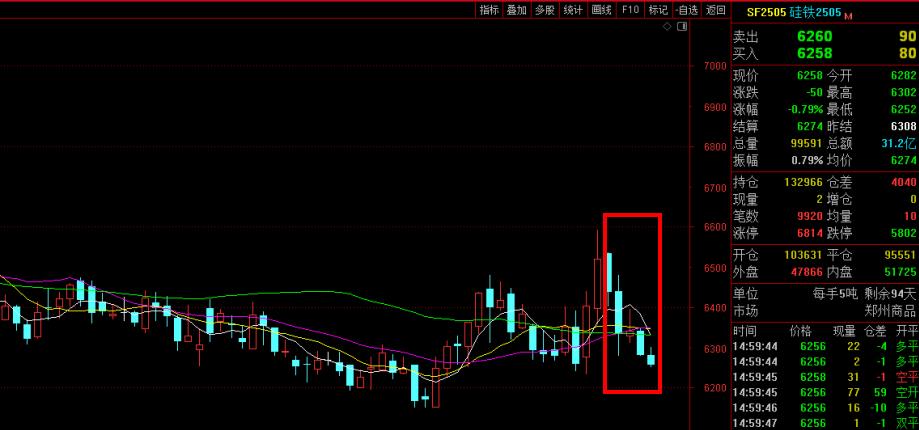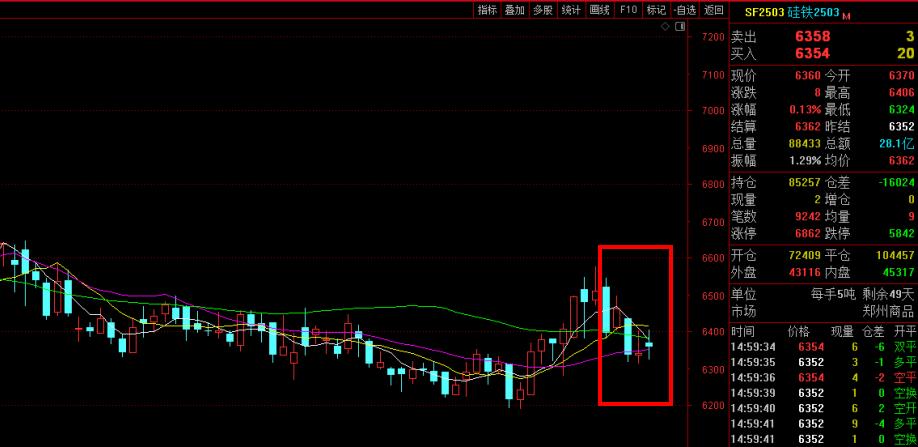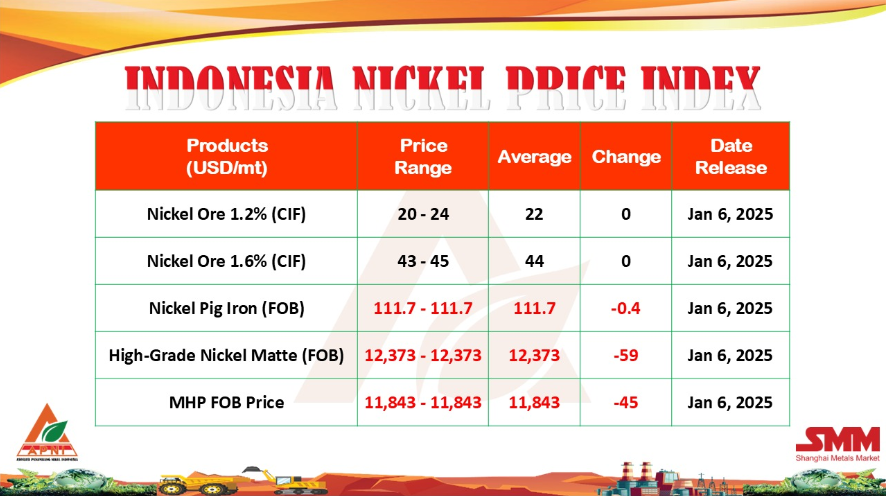Indian iron ore producers are also set to profit from global tailwinds
The country’s iron ore production rose to a decade-high of 220 million tonnes (mt) in FY19, growing 9.5 per cent year-on-year from 201 mt in FY18.
Analysts are betting on the growth momentum, pertaining to ore output, continuing in this fiscal year. Their positive sentiment springs from merchant miners looking to accelerate extraction from mines headed for expiry on March 31, 2020.
“We believe the production (of iron ore) is likely to rise 5-8 per cent this fiscal. Merchant miners, whose lease validity will cease by March 31, 2020, will be looking to ramp up output. On the import side, we expect moderation during FY20. Exports, on the contrary, should go up for iron ore pellets,” said Vahishta M Unwalla, research analyst (iron ore), CARE Ratings.
Merchant miners are scrambling to maximise output and produce up to limits approved under environment clearance.
According to a report by a committee under the Union mines ministry, 334 merchant or non-captive mining leases are due to lapse by March 31, 2020. Of this, only 49 mines are operative — 33 of them are working iron ore mines in Odisha boasting of an annual production capacity of 55 million tonnes. Merchant miners going on an accelerated spree reflected in FY18 too. The phenomenon was strikingly noticed in Odisha — the state produced 118 mt of iron ore and despatched even higher at 140 mt.
“During this fiscal, iron ore production is likely to register 8 per cent growth. We anticipate a production surge from the merchant miners whose mines would no longer be valid after this fiscal year end. Moreover, merchant miners will have the latitude to despatch ore even six months after the lease tenure expires,” said a source at Pellet Manufacturers Association of India (PMAI).
Indian iron ore producers are also set to profit from global tailwinds. A study by CARE Ratings illustrates that the spike in global seaborne iron ore prices will shore up demand in the country.
ALSO READ: Diversification of iron ore distribution can end conflict: Rating agencies
“Recent iron ore supply disruptions due to Vale’s dam collapse have created shortage of 60-70 mt globally. With elevated global prices, demand for domestically produced iron ore is expected to rise. This shall keep domestic prices elevated during the year,” the report noted.
As demand for iron ore pellets of Indian origin rises in global markets, this will lead to enhanced production back home. “Domestic production of pellets is expected to increase, with a rise in demand in the domestic market as well as globally, especially China. The quantity of export shall vary, depending on the premium offered in the international market to Indian pellet manufacturers,” the report adds.
Besides pellets, the demand for low grade iron ore fines has also surged with the hardening of prices. Benchmark prices of 62 Fe grade iron have tumbled below $100 per tonne, after hitting multi-year highs.
Even the prices of baser grade iron ore (Fe content less than 58 per cent) had surged to $85 per tonne, prompting high volumes of shipment from India. China’s steel mills have shown proclivity to buy Indian pellets as well as low grade iron ore after mine disruptions in Brazil and Australia spooked supplies.
Exports are seen reviving on the back of a firm Chinese demand, reversing a lacklustre trend for the past two years in succession. FY18 saw exports tumbling 21 per cent. In FY19, iron ore exports took a deeper dive, nosediving 33 per cent to 16.2 mt.
- [Editor:tianyawei]



 Save
Save Print
Print Daily News
Daily News Research
Research Magazine
Magazine Company Database
Company Database Customized Database
Customized Database Conferences
Conferences Advertisement
Advertisement Trade
Trade














 Online inquiry
Online inquiry Contact
Contact

Tell Us What You Think